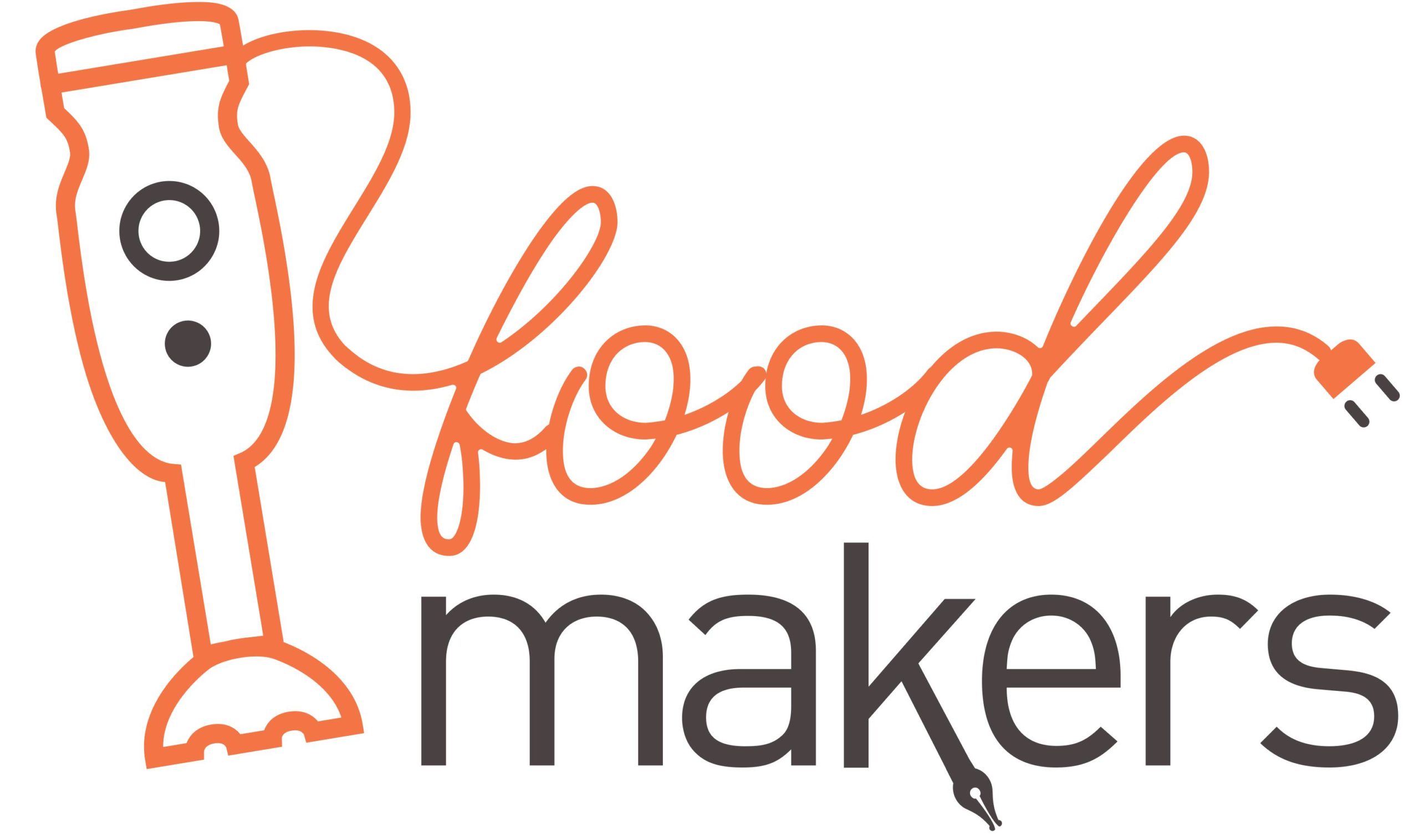San Francisco-based startup Brandless began selling generic, environmentally and health-conscious product staples such as toothpaste and organic agave nectar on Tuesday, according to the Wall Street Journal. Consumers can pay an annual membership fee of $36 to receive free shipping on orders of $48 or more, which ship from distribution centers in California and Indiana.
All 115 Brandless items cost $3 — generally more expensive than name brand competitors. The online retailer is forgoing supermarket partnerships and traditional marketing to spend its money on product development.
Brandless also plans to center its marketing around social media and free product samples rather than pricey strategies such as TV advertising.“It’s an inefficient process,” Brandless co-founder Ido Leffler told The Wall Street Journal, referencing the model of companies selling their products through brick-and-mortar retailers.“We are re-appropriating those dollars back to the consumers.”
[amazon_link asins=’B01J0RYDPG,B06XC4GZGB,B06ZZB8P58′ template=’ProductCarousel’ store=’antoniosava0c-21′ marketplace=’IT’ link_id=’8ae2ddf5-736e-11e7-8d62-e11da743aa85′]
The idea of a “brandless” company may initially seem deeply misguided — even foolish. Brands have become much more than a company logo and product assortment to today’s consumers. Instead, shoppers seek mission-based companiesthat align with their values, whether that be a brand’s pledge to reduce its carbon footprint, use only sustainable ingredients or champion animal welfare. Consumers also expect the companies they buy from to have a distinct brand personality they can connect with.
“We’re not anti-brand,” Brandless co-
But how does Brandless expect to lure consumers away from established brands?
The company is banking on the fact that high quality products that meet the demands of millennial consumers, such as less-processed, organic, natural, gluten- and GMO-free foods, will be enough to differentiate it from legacy competitors. And while younger demographics don’t share the same level of brand loyalty as older generations, it will be interesting to see if these consumers are comfortable buying food products from a faceless company.
Price also is a huge driver for millennials, and the majority of the products made by a startup are more expensive than those of name-brand competitors. Still, younger shoppers also demand convenience, and they are more likely than older generations to shop online, where Brandless operates. If the company can convince shoppers that its products are of higher quality than mainstream brands, they may be willing to pay more for shelf-stable items such as peanut butter, syrup and coffee that’s delivered to their door.
Brandless hopes to communicate its quality via social media, which can be much less expensive than TV and print campaigns. Startups like Halo Top have proven how successful and disruptive this strategy can be. The ice cream maker has never paid for a social media post, but the #HaloTop hashtag has been used over 100,000 times, helping sales grow 2,5000% in 2016. Brandless is hoping to gain similar interest and make a name for itself, differentiating itself from big name competitors with its $3 products.
Repost from Food Dive

